All posts by Molly Knoedler
Compsons Scene: letters between Caddie and Margaret
At a tree in the woods, Margaret is alone and narrates two letters she finds.
Finding a letter Caddie has left for me.
M:
I’m sorry that I didn’t come today to meet you. I feel like such a coward, but I couldn’t face saying the words to you in person. This spot in the woods was our place. It was safe and happy, but it wasn’t real. It’s not a part of the real world we live in. I’m afraid of what will happen if we are ever found out. What happened between us was sinful. We both have to move on.
Please let’s not talk after this. It will be easier that way.
-C
. . .
Delivering a letter to the tree, which now has many letters left unread.
C:
This will be the last I write to you. I know you won’t bother coming out to find it.
I saw you in town today with that new man from out of state. You were laughing and flirting with him.
I know you C. You were forcing those smiles. What are you doing? Where did you go?
I found out that there’s something wrong inside me. Something wrong besides the obvious, I mean. I can’t have children. I can’t be with the person I love and I can’t have children. C, I don’t know what’s left for me.
Please come back.
Love Always, M
She burns all the letters and leaves.
Keep it leave it want it
Keep it
I really liked the beginning of the performance, and I’d love to continue in that vein, with the audience taking up the space in a non-traditional way (standing and traveling through it) but perhaps with more direction (that can still be implicit). A lot of the work that resonated with me and seems to resonate with the audience is the things presented in darkness/ alone/ blindfolded, a theme we wanted to explore more. Perhaps we should play with having more darkness in the room and introducing light to exhibit important things (spotlighting a performance, a video playing on the wall, a flashlight that lights up). This would tie into themes of failure and audience surrender as well.
Leave it
I think we should abandon the museum structure in favor of more continuity/ narrative. There could still be museum-like portions, (partitioned into corridors?) but perhaps they would be more thematically grouped and evenly separated by performance moments, and we (the performers) wouldn’t be present beyond an art installation capacity (Bailey in the box, for example).
Want it
It seems that a lot of the kind of work we’re interested in presenting calls for dynamic space, in that we want to have corridors and large spaces and cramped spaces. That being said, I think it could be really cool to have moving walls, like cloth hanging down that’s on wheels so we could change the shape of the space throughout the performance really easily and still stage it all in one place. This could also be used to sort of herd the audience in a specific direction without having to explicitly tell them where to go or what to do.
WIP #1 Response
My thoughts:
Some things seemed rushed and some things seemed too long. I also felt really awkward about having nothing to do for a lot of the time; it was like there was this gap between the audience and us because we were in the space but not necessarily participating in the newness . For example, during the beginning when everyone was masked, a lot of us were laughing and becoming spectators. Because we were so interested in audience reactions, we were both the performers and the audience to them.
A lot of my thoughts now are more centered around wondering where we go from here. I’m excited to clean things up and discover what we are trying to say. I also think we could take more ownership of the space and make the whole thing a complete place rather than having table-to-table experiences.
My friend’s thoughts:
Just to preface, I don’t think these reactions are necessarily bad or good, I’m just trying to record what they said. Although both of my friends really liked the opening, one preferred things they could explore on their own time while the other preferred group experiences where they were explicitly led somewhere. They both seemed a little hung up on trying to figure out what the “theme” was or what we were trying to say, to the point of frustration. Our (the class) presence also really confused them because they didn’t know if we were acting or not while we were just walking around the crowd, like it was unclear what was a performance and what wasn’t. On that note, there was disappointment about not seeing things because they didn’t know what was happening.
Other thoughts:
- felt like a museum until being lead around
- a lot of confusion about what they were “supposed” to do
- good vibes in the federalist papers room
- overwhelming except in dark room when there wasn’t other things going on
- “hard to care” because so many things were happening and there was a disconnect between separate events, especially during leading portion
Proposal Ideas
Emerging themes:
- Many of our works involve audience participation and movement and contribution beyond standing up and singing along; things like Bailey’s bread box, following David around for Show Don’t Tell, arranging Gabrielle’s name, reading the Federalist papers; I think challenging the audience beyond an intellectual “here, watch this and think about it sense” and in more of physical, participation way could be interesting and challenging for us as the creators of the work. à would this become like a workshop?
- Creations/ the beginning: Sophia’s black/white, Molly’s “The Origin of Love” and “Adam and Eve,” Paige’s “Genesis of Love”
- Not being able to see (?): Bailey’s masks that were used by Carina as well, the fact that many people chose to have people close their eyes for the five senses project (even though it was unnecessary, Gabrielle’s albino mask, my tactile room, Gabrielle’s waiting room, Bailey’s “Blue” where his eyes are closed
- Flushing things away: Titanic was flushed, the weird bottle story, bailey’s drinks going down the sink, I think Gram had things going down the sink as well, Glitter down the drain for Peter
Things I made:
- Video of the sheet: I’m just stuck on this video and the sound of the sheet moving through space, not sure where it fits in to the larger scheme.
- Tactile Room: Although I don’t think it was well executed, I really liked some aspects of how that turned out, like how it became a communal and fun discovery experience.
Things others made:
- Kimmy’s Show Don’t Tell: The visual of Kimmy moving across the stage along with the dialogue was just so stunning and very layered.
- Carina’s Show Don’t Tell: I think the effort she actually had to put in to make it all happen made it seem more visceral
- Jackson’s Stories for the Five Senses (Recording of Reading the Murder Story): I think the impeccable timing and unexpectedness made this one
- Paige’s Juxtapositions: Again, her Genesis of Love brought in the unexpected.
Show Don’t Tell
ELI5- Here be dragons: An Introduction to the History of Cartography
Ever since I spent a few days lost in the tundra of Northern Alaska, I have been in love with topographical maps. I think they are incredibly beautiful, and I am fascinated by the way they depict the world so scientifically without looking like the landscape they represent. Maps of the wild and of the geo-political world fascinate me, and apparently they have fascinated the world for all of human history.
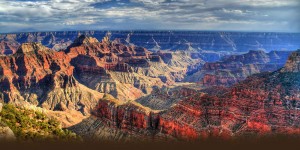
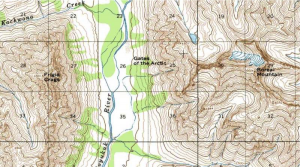
The human need to map the world we live in, to record and depict it, predates the written word (Clark 6). Fundamentally, mapping is about “the transfer of information from one form of presentation into a re-presentation of that information,” an effort that is both scientific and artistic (Pickles 75). Maps are not depictions of absolute fact; any two dimensional map is inherently inaccurate in terms of shape, distance, area, and/or direction, and cartographers’ choices on which information to sacrifice have effects beyond the page.
The technology of the 21st century has improved the accuracy and detail of maps; in fact, we are more and more using photographs (think Google maps) rather than drawing or graphs to navigate the world. However, the methods of old are still used today as well. Triangulation, or using trigonometry to establish distances between objects, is still used by surveyors, especially in mountainous areas. Sonar, GIS, and satellite images have also been added to the arsenal of tools.
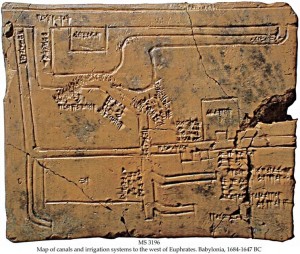
The oldest maps we know of (on clay blocks) were probably used to establish ownership of certain land areas (Clark 18). However, just as soon as we were mapping the earth, we began mapping the stars. Many surviving maps from centuries past were used by sailors, in conjunction with the stars, to follow trade routes. The undiscovered world was designated by images of sea serpents and other frightening creatures, with the inscription: “Here be dragons” (Casey 10). Other ancient maps were mostly artwork, adorned with elaborate pictures of gods and spirits, meant to depict the relationship between the realm of deities and the earth.
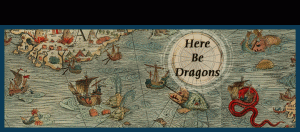
During the 2nd century, the Greco-Egyptian Ptolemy (famous for his geocentric model of the universe- another map) established the convention of putting the equator in the center, and invented the concept of a prime meridian as well as longitudinal and latitudinal lines (Clark 38). Centuries later, Columbus used Ptolemy’s maps in an attempt to reach Asia by sea; the Greco-Egyptians only knew of Africa, Asia, and Europe.
The 16th-17th centuries are considered the “Age of Atlases” (Clark 116). The 1500s saw a rise in the use of pictoral representations of mountains and rivers, although altitude was not accurately scaled. In 1590, cartographer Gerardus Mercator published a book of maps depicting the god Atlas holding the world on the front cover, and the term “atlas” was born (Clark 106). By 1686, maps included wind patterns, and sailors began adjusting for the difference between true north and magnetic north (Clark 52).
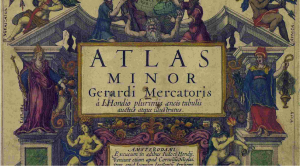
However, maps are not just reflections of observations, attempts at mirroring the natural landscape; throughout history, maps have also been used as the source of truth. 16th and 17th century land disputes between France and England over North America were fueled by propaganda maps that showed differing divisions of the land (Clark 120). The borders we see between countries and states are man-made designations that we have imposed on the world and put our faith in. The famous Peters projection depicts the earth south-side up, challenging a convention started by Europeans who (naturally) placed Europe above other countries (we are just floating in space, and the magnetism of the planet switches so it truly is arbitrary).
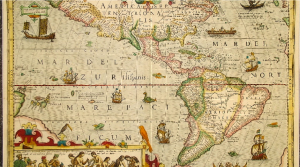
Other maps reveal truths. For example, scientist John Snow famously mapped the spread of cholera and used his findings to theorize the existence of germs (Clark 66). Maps that move through time can show the spread of a civilization or a religion.
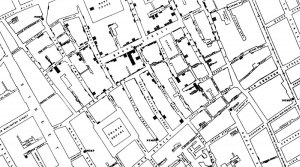
We also use maps to depict landscapes we will never see, reaching to the arms of the universe and to our inner beings. We send million-dollar probes to Venus and use sonar to penetrate the thick atmosphere and create a graph of the topology of its surface (Clark 100). We make maps of our own brains, trying to understand it as a space with divisions and specific functions. What Lord of the Rings or The Phantom Tollbooth fan hasn’t traced the paths of the characters through the maps on the inner book cover?
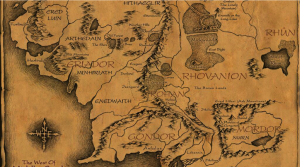
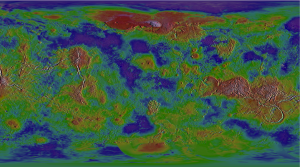
Our apparent obsession with mapping has bases in both pragmatism and the human desire for adventure. The maps of the tundra of northern Alaska, for example, were funded by the cold war military, showing details of topography and brush cover to use in the case of ground warfare. However, these lands were first scouted by the explorer Bob Marshall, who returned again and again to that land where the sun circles the sky in summer and never rises in winter for the sake of discovery. On the other end of the Earth, lives were lost in epic expeditions to the South Pole, in attempts to find the center and be the mapmakers. We are trying to map the ocean floor, perhaps for finding fossil fuels but also for the sake of discovery.
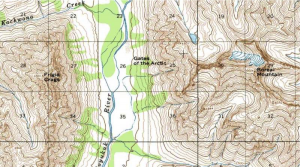
As we know more of the world, we reach farther away, searching for more of the unknown. We are looking at places we may never go, planets we may never see, and yet we try to understand the lines and edges, the curve of the land and the size of the oceans. The human race is on a never ending search for its dragons.
Works Cited
Casey, Edward S. Earth-mapping: Artists Reshaping Landscape. Minneapolis: University of Minnesota Press, 1939. Print.
Clark, John O. E., ed. 100 Maps: The Science, Art and Politics of Cartography Throughout History. New York: Sterling Publishing, 2005. Print.
Pickles, John. A History of Spaces: Cartographic Reason, Mapping and the Geo-coded World. London: Routledge, 2004. Print.
Images
https://soloswimmer.wordpress.com/2012/07/17/here-be-dragons/http://www.thecanyon.com/http://www.americansouthwest.net/topo-maps/north-kaibab-trail2.jpghttp://expositions.nlr.ru/eng/map_merkator/4.phphttp://www.stonegallery.info/graphics/17thmapgraphics/ml-0693.jpghttp://blogs.plos.org/publichealth/files/2013/03/John-Snows-cholera-map-of-009.jpghttp://laps.noaa.gov/albers/sos/venus/venus_shaded.jpghttp://vignette3.wikia.nocookie.net/lotr/images/7/72/Middleearthmap.jpg/revision/latest?cb=20100402045252http://www.nps.gov/gaar/planyourvisit/images/The-Gates-map-800×500.jpg
Stories for the Five Senses: Crystal Field Theory
Sound: https://youtu.be/X-ASPbTRCeM
Taste: 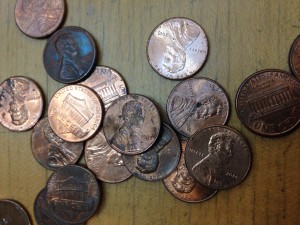
Sight: https://youtu.be/Y2oYnV5WKao
Touch: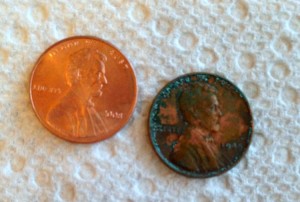
Smell: 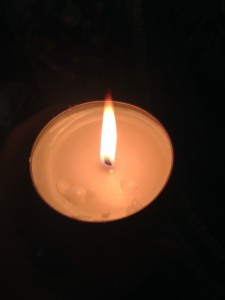
Sight, Sound, Touch: 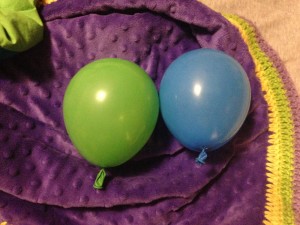
Juxtapositions: The end of the world
Story 5: The Origin of Love

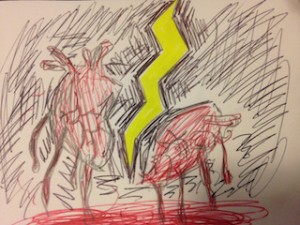
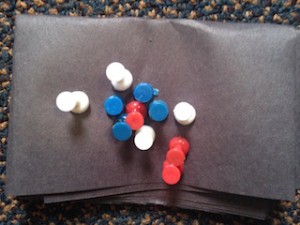
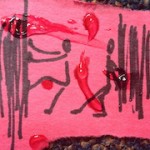

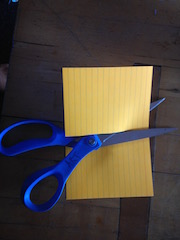


This is a story about love as a solution. This is a story about coming together as a goal. This is a story about love as a distraction. This is a story about love as a punishment.